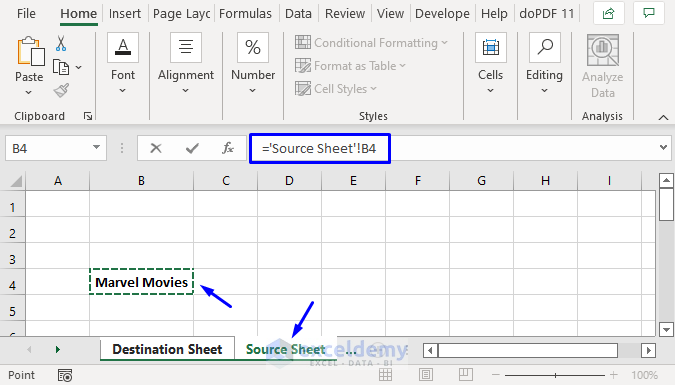5 Must-Have Documents for Your Learner's Permit

Embarking on the journey of obtaining a learner's permit is a thrilling step towards driving independence. Whether you're a teenager eager to hit the road or an adult wanting to reclaim your mobility, understanding the required documentation is essential. This article delves into the five documents you absolutely must have when you visit your local Department of Motor Vehicles (DMV) or equivalent licensing agency to apply for your learner's permit. With these documents in hand, you'll be on your way to becoming a licensed driver.
1. Proof of Identity

To establish your identity, you need to provide an official document:
- A birth certificate (original or certified copy) with a raised seal.
- A valid passport, whether from the United States or another country.
- An employment authorization document with a photo.
- A naturalization certificate.
Keep in mind that the identity document must include your full legal name, date of birth, and sometimes a photo for verification purposes.
2. Social Security Number (SSN)

Your Social Security Number is vital for record-keeping:
- The easiest way to provide this is with a Social Security card.
- If the card isn’t available, consider other documents like a W-2 form, SSA-1099, or a pay stub showing your full SSN.
Note: Some states might allow a letter from the Social Security Administration confirming your SSN as well.
3. Proof of Residency

You need to show proof of residency within the state where you’re applying for your learner’s permit:
- A utility bill or lease agreement with your name and address.
- If you’re under 18, your parents or guardians can provide residency proof.
- In some cases, a letter from your school or your school ID might be accepted.
Multiple documents might be required to prove continuous residency, and some DMVs may have different criteria for what qualifies as proof.
4. Parental Consent

If you’re under the age of 18, parental consent is mandatory:
- A notarized or witnessed parental consent form.
- Some states require both parents to sign if there is joint custody.
- If you’re with a guardian or a non-parent adult, you’ll need legal documentation of their custodial rights.
📝 Note: If there are legal complications concerning custody or consent, consult with the DMV or an attorney to understand the specific requirements.
5. Proof of Legal Presence (for Non-U.S. Citizens)

If you’re not a U.S. citizen, demonstrating legal presence is vital:
- A valid visa with an arrival/departure record or an I-94 form.
- An I-20 form for students with an F-1 visa.
- Work permits like an H-1B, O-1, or TN visa.
- Asylum approval or other humanitarian immigration status documents.
This document is to ensure you have the right to reside in the U.S. and therefore are eligible for a learner’s permit.
In summary, these five documents are critical for your learner's permit application. They not only verify your identity but also establish your legal right to drive. Remember that having the correct documentation will prevent delays and ensure a smooth process at the DMV. Keep all documents organized and in one place, and you'll find the application process much less daunting. When you're ready to apply, take a moment to double-check that you have all the necessary items for your learner's permit journey.
Can I use a photocopy of my birth certificate for the learner’s permit?

+
No, you need the original or a certified copy with a raised seal. A photocopy is not acceptable as proof of identity.
What if I’ve lost my Social Security card?

+
If you’ve lost your card, you can use other documents like a W-2 form, SSA-1099, or a pay stub that displays your SSN. Some states may accept a letter from the Social Security Administration confirming your number.
Do both my parents need to sign the consent form?

+
It depends on the state and custody arrangements. Some states require both parents to sign if there’s joint custody. Otherwise, one parent’s or legal guardian’s signature may be sufficient.



